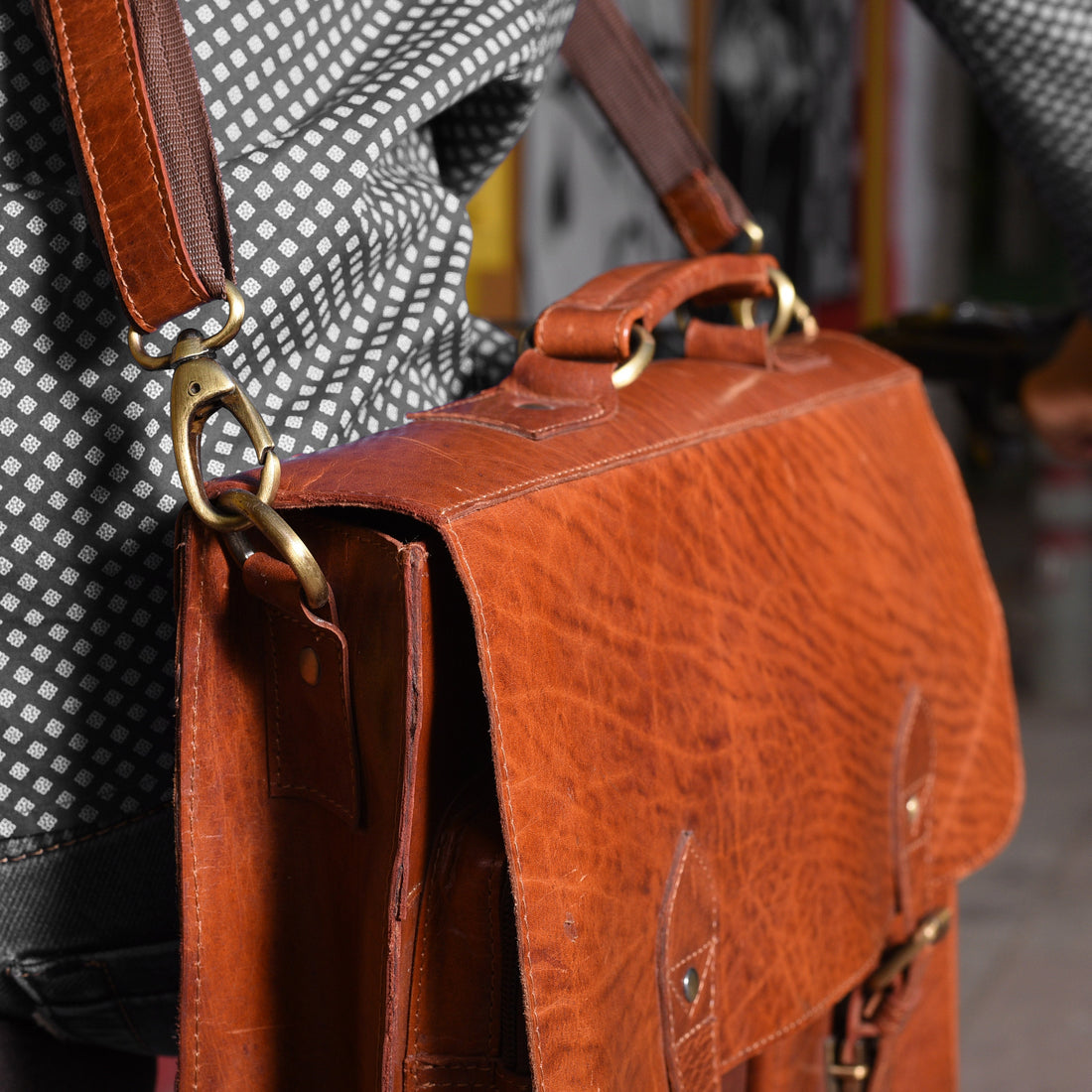
Vintage Does not Mean Cheap.
Share
Introduction
When people hear the word “vintage,” they often associate it with thrift stores, bargain bins, or items that have seen better days. But true vintage is far from “cheap.” It embodies history, craftsmanship, and timeless style that modern fast fashion often struggles to replicate. Let’s explore why vintage is worth every penny and why it’s so much more than a bargain hunter’s treasure.
1. The Value of CraftsmanshipVintage items, whether handbags, clothing, or jewelry, were often made during a time when craftsmanship was paramount. These items were built to last, using materials and techniques that modern mass production cannot replicate.
• Example: A vintage leather Coach bag, or an Dooney & Burke isn’t just a handbag; it’s a masterpiece of durable craftsmanship and timeless design.
• The detailing, stitching, and quality of materials in vintage items highlight a dedication to artistry that’s rare today.
2. Unique and Rare Finds
Vintage items often hold a level of uniqueness that makes them special. Unlike mass-produced items, vintage pieces are one-of-a-kind or part of limited production runs. Owning a vintage piece means possessing something rich in character and history—an item that’s uniquely yours or once cherished by someone who has passed it on for its next chapter.
• Example: A vintage Gucci handbag from the 1980s carries not just the Gucci name but also the essence of the era’s style.
This rarity and exclusivity add value, making vintage items prized possessions for collectors and fashion enthusiasts alike. I believe young adults are embracing vintage because it offers them a way to express individuality, support sustainable fashion, and own high-quality, one-of-a-kind pieces that tell a story, all while standing out from mass-market trends. At a recent vintage market as a vendor with over 5,000 students, our bags and others were flying off the shelves, showing that the younger generation values fashion with character and meaning.
3. Sustainability and Ethical Fashion
Shopping vintage is not just about style; it’s about making a statement. In an era of fast fashion and disposable trends, vintage is a sustainable choice. By purchasing vintage, you’re:
• Reducing waste by giving pre-loved items a new life.
• Avoiding the environmental toll of producing new goods.
Bonus: When you buy vintage, you’re part of a movement to combat the environmental and ethical issues caused by fast fashion.
4. Timeless Style
Fashion trends come and go, but vintage pieces remain timeless. A vintage Fossil bags are as stylish today as they were decades ago. Investing in vintage means investing in pieces that never go out of style.
5. The Investment Perspective
True vintage items, especially from iconic designers, often appreciate in value over time. Unlike new products, which depreciate as soon as they’re purchased, vintage can also be an investment.
• Example: A Chanel bag from the 1990s may now sell for double or triple its original retail price.
Conclusion
Vintage does not mean cheap—it means value, history, and a unique connection to the past. It’s about appreciating the craftsmanship, style, and sustainability that vintage items represent. So, the next time someone equates vintage with “cheap,” please remind them of the stories these pieces carry and the legacy they continue to hold.
Credit
picture is from www.shopify.com/stock-photos/@matthew_henry
